
Scientists have discovered a remarkable ability that could explain why early humans were able to disperse across the world while other human species didn’t.
Researchers have been baffled over why earlier migrations out of Africa failed to create lasting settlements, but the migration started around 50,000 years ago did.
A new study published in Nature could have the answer. This explanation indicates that early humans had something more valuable than just tools or weapons: they held secrets that shaped our future as a species.
A Mystery in Human History
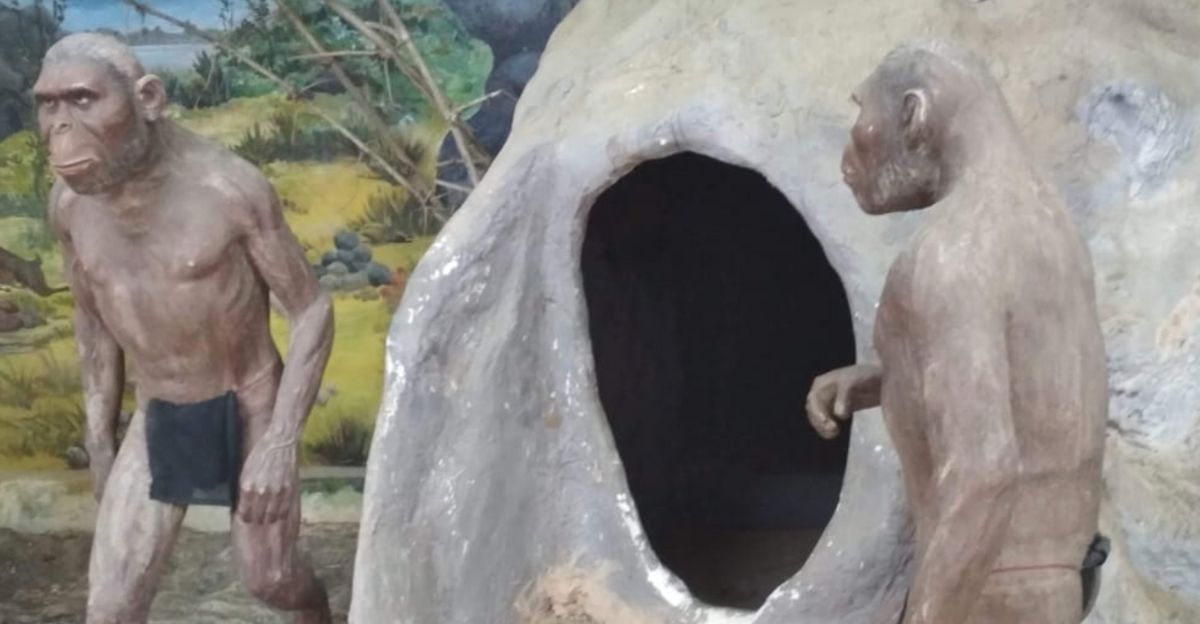
For years, scientists wondered why Homo sapiens finally settled all around the world, while the first waves of humans leaving Africa disappeared completely.
The question was not only about movement but about survival: why could some groups survive harsh climates while others could not.
The Great Human Migration
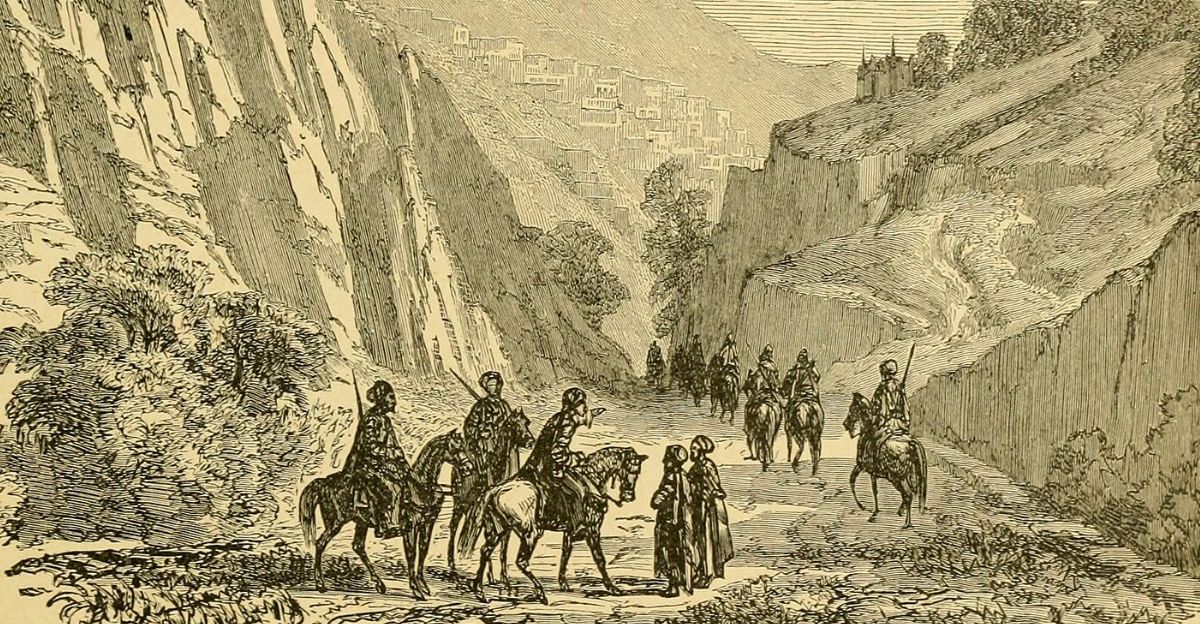
About 50,000 years ago, people began migrating out of Africa on a large scale. This event, frequently called the “Great Human Migration,” marked a significant turning point.
Unlike earlier journeys, this one led to enduring settlements expanding over Eurasia and, eventually, the rest of the world.
Earlier Attempts That Failed
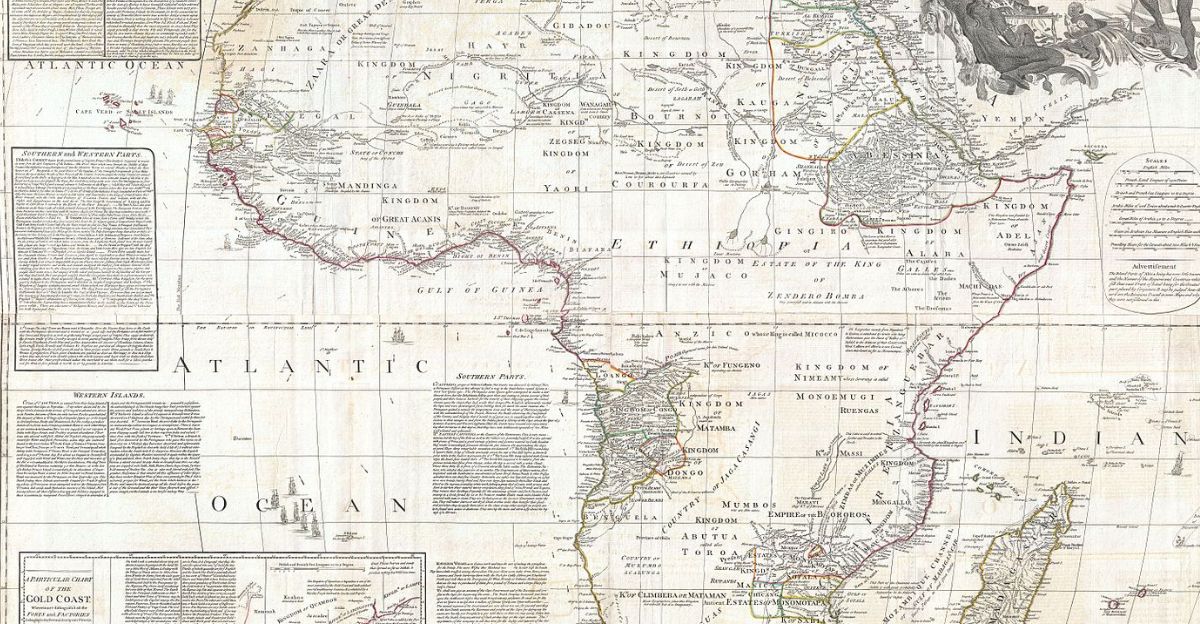
Evidence indicates that humans had already left Africa before this migration on numerous occasions. However, these earlier dispersions didn’t last.
Archaeological documents indicate that those groups weren’t able to manage drastic environmental changes, forcing them to retreat or vanish.
The Question That Remained
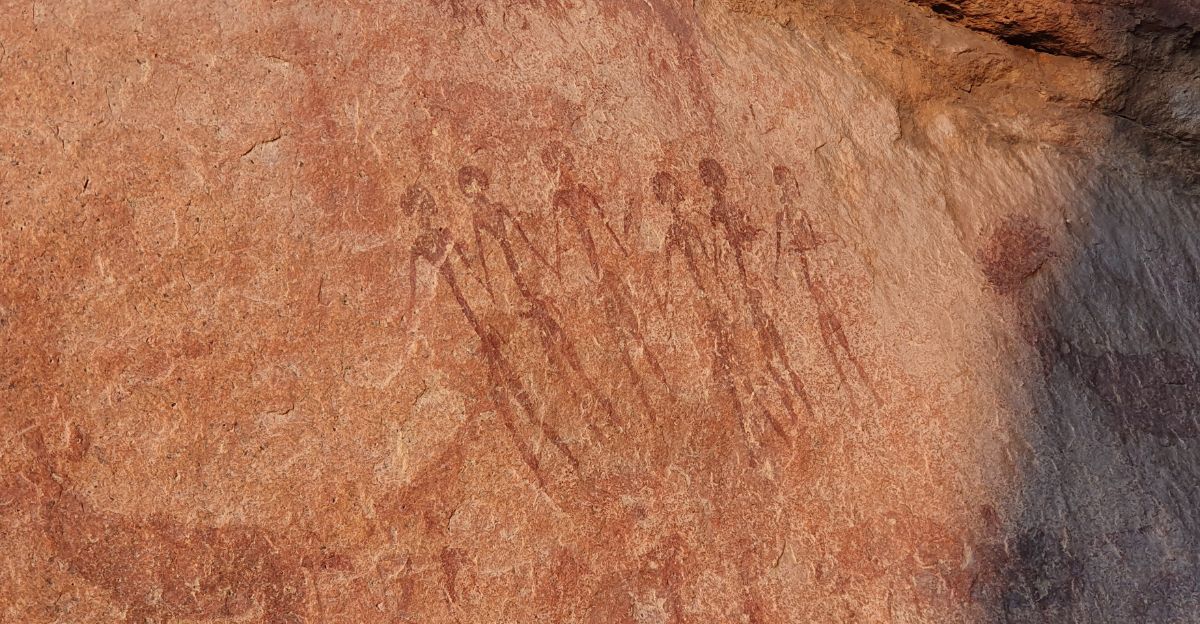
What made the later migration different if earlier groups had comparable physical features and basic tools?
Scientists required more than archaeological zones: they needed a way to link human activity with environmental conditions over long timeframes.
A New Approach to Old Evidence
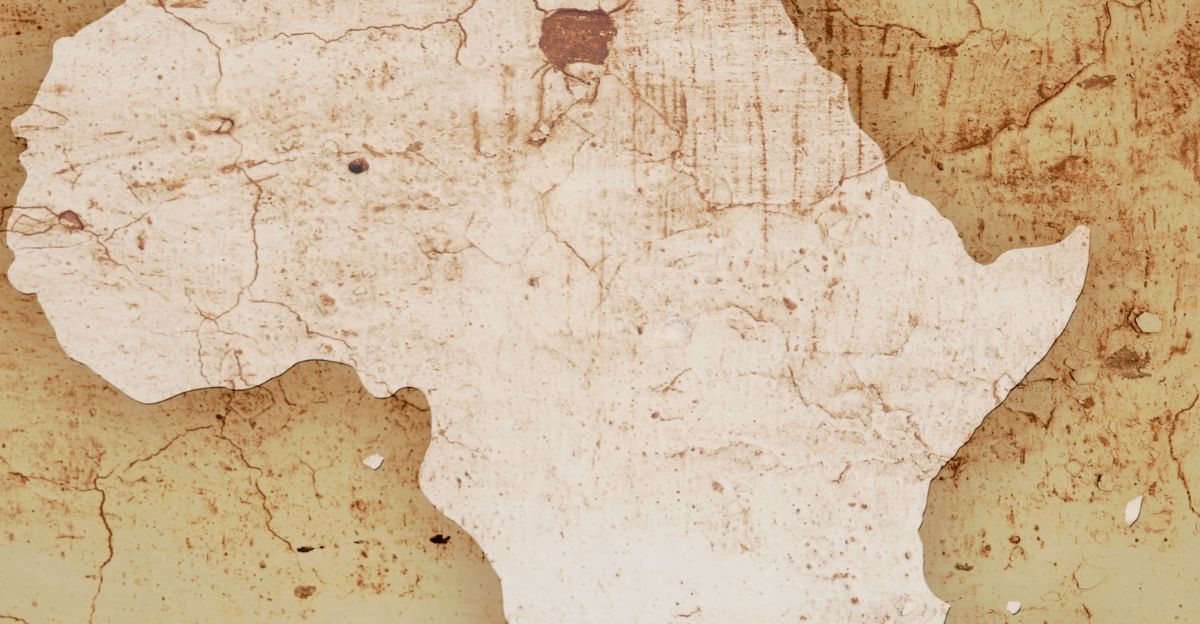
To gain a firm understanding, researchers created a database combining archaeological findings with environmental data covering the past 120,000 years in Africa. This led them to see how human activities aligned with changes in climate and habitat.
Expanding the Human Niche

The data was surprising. Around 70,000 years ago, Homo sapiens started living in a much broader variety of habitats.
Instead of sticking to one kind of environment, humans began flourishing in forests, grasslands, deserts, and the coast.
Building Adaptability in Africa
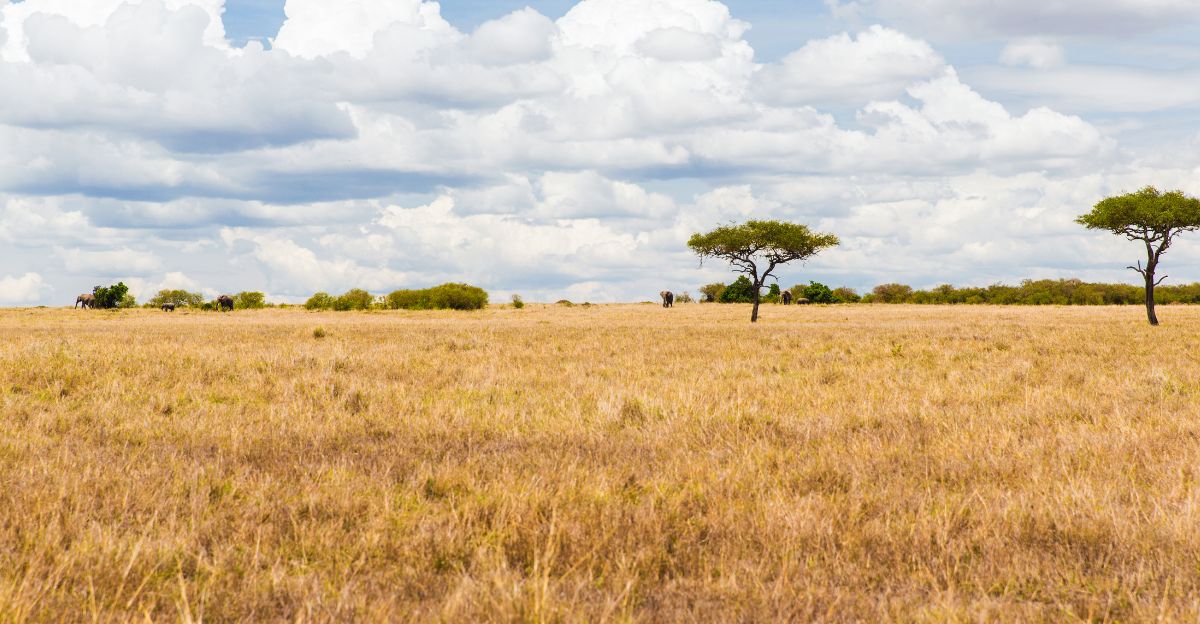
This capacity to use very distinct terrains didn’t appear overnight. It evolved gradually while humans still lived in Africa.
For about 20,000 years before the great migration, humans had tried and learned how to endure in challenging and evolving environments.
Crossing Harsh Barriers

Earlier migrations occurred when conditions were more favorable, for instance, when rain created “green corridors” in the desert.
But these paths had become harsher and drier by the time of the Great Migration. But humans still succeeded in crossing them.
The Key to Success

Researchers believe the distinction was not luck but “ecological flexibility.” This was the ability to adapt fast to diverse climates, turning challenging landscapes into habitable conditions and homes.
Ecological Flexibility Explained

Ecological flexibility represents more than just survival: it’s the capacity to adapt strategies, tools, diets, and social communities to meet new conditions. Instead of relying on a single type of food or habitat, humans learned to diversify.
Evidence in the Routes Taken

Scientists additionally found that humans’ migration paths corresponded to this new adaptability. Even when circumstances were harsh, humans were able to move through deserts and harsh regions that wouldn’t have been possible for less adaptable groups.
Other Human Species on the Move

Homo sapiens weren’t the only species exiting Africa. Neanderthals, as well as human relatives, also relocated.
Some, like the Neanderthals, did have settlements throughout Europe. However, only Homo sapiens expanded so vastly and endured.
Why Only Us?
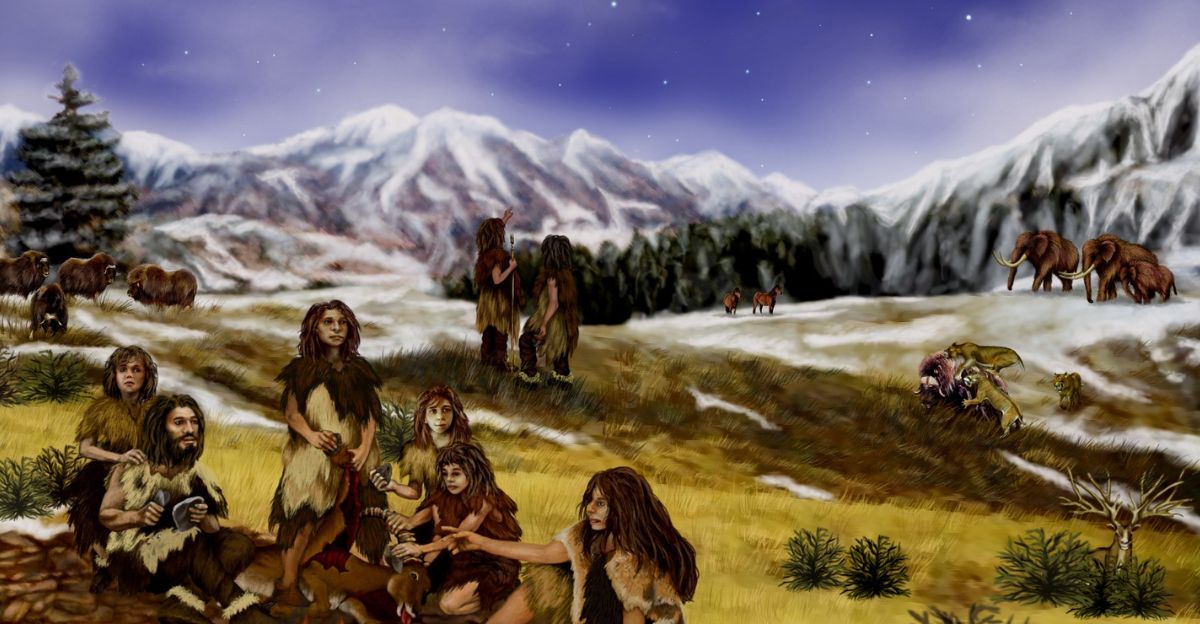
If ecological flexibility was so valuable, why do other human species thrive in the same manner? This remains an open question.
Some specialists recommend that Homo sapiens acquire sturdier cultural and social systems to transfer knowledge throughout groups.
Climate as a Driving Force

The difficult conditions of Africa during this time pushed humans to innovate. Living through droughts, changing landscapes, and insufficient resources taught them to adapt to continuous change.
Tools and Culture Played a Role
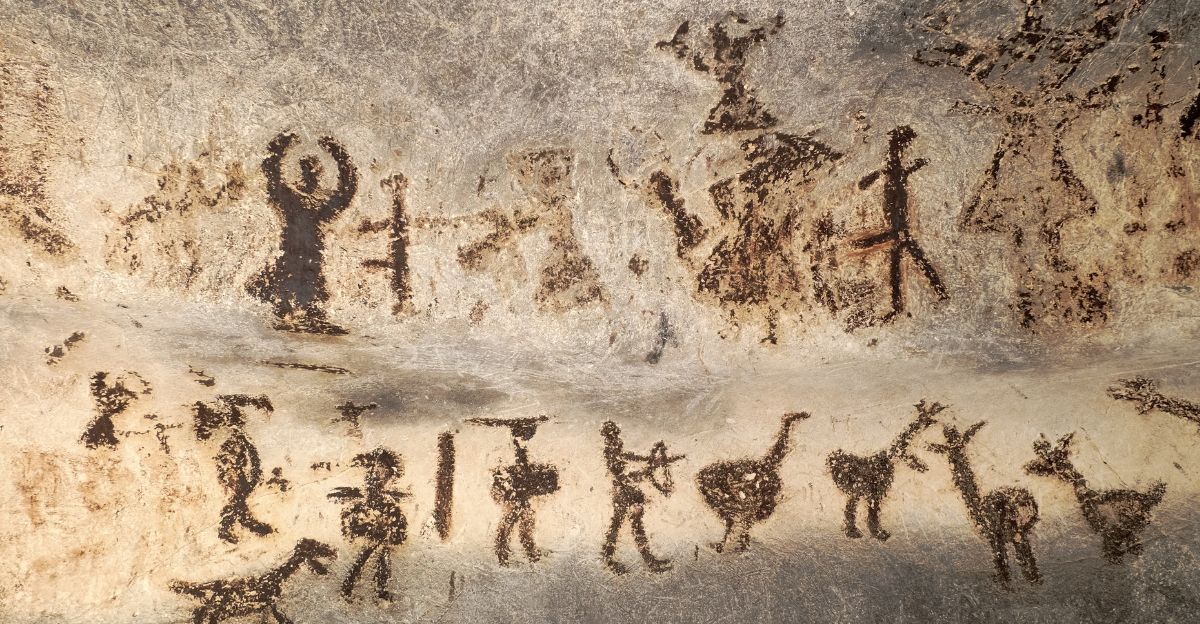
Archaeological locations show that humans experimented with new instruments, symbolic art, and perhaps more complex language around this time. These cultural actions supported adaptability by allowing groups to communicate ideas and solutions.
A Survival Advantage

By the time humans left Africa 50,000 years ago, they were not just another migratory species. They brought with them a tried survival strategy: flexibility. This knowledge gave them an edge over irregular environments and competing species.
The Bigger Picture

This discovery adds to the expanding view that survival is not just about strength. For humans, success emerged from association, flexibility and learning. These allowed smaller groups to grow into almost every environment on Earth.
Lessons for Today

Although the research examines the past thoroughly, it holds lessons for today. Humanity’s capacity to adapt to various conditions is part of our identity. This flexibility remains crucial in facing current challenges like climate change.
The Superpower Revealed

The “superpower” that aided early humans in surviving and thriving was not a tool, weapon, or even physical force.
It was ecological flexibility: adapting to and using many different environments. This muted but effective trait put our species on a path to international survival.